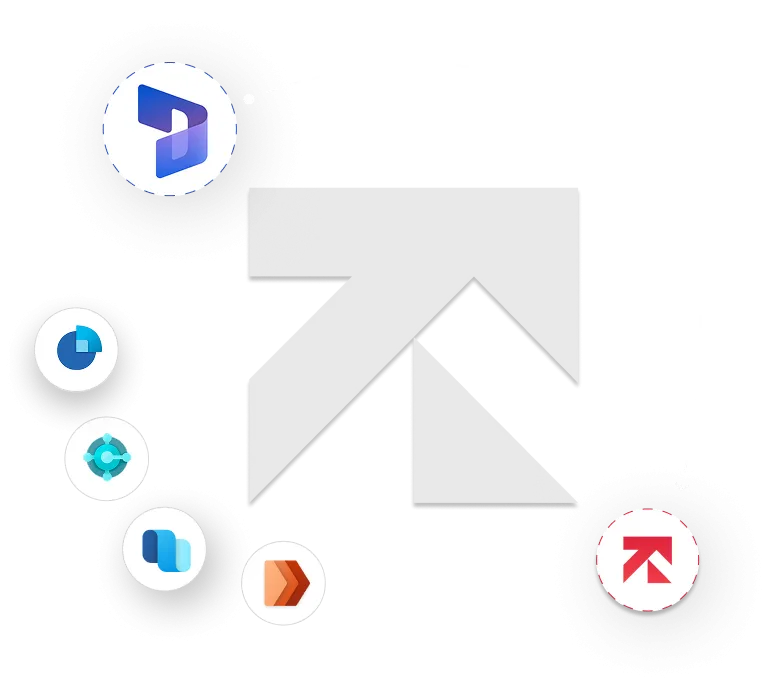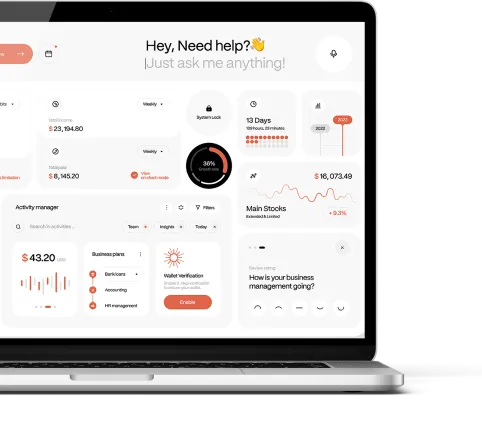Frequently Asked Questions About ERP Implementation
ERP implementation refers to the deployment of an Enterprise Resource Planning (ERP) system to unify and streamline business functions, including finance, supply chain, HR, sales, and operations. It takes place in a stepwise process starting from planning, configuration, data migration, customization, testing, user training, and ongoing support. The goal is to centralize all critical business data into a single system.
ERP implementation ensures the automation of all basic functions, allowing the department to utilize a single platform.
The duration is not fixed as it depends on the size and complexity of the business.
- Small businesses: 2–4 months
- Mid-sized companies: 4–8 months
- Enterprises with multiple locations: 9–18 months
The cost of implementing Microsoft Dynamics 365 is based on several factors. On average:
- Licensing costs typically range from $70 to $210 per user/month, depending on the module (e.g., Business Central, Finance, Sales).
- Implementation services: Range between $20,000 to $150,000+.
- Ongoing support and training: Priced separately
Consult a Dynamics 365 implementation partner for accurate estimate.
Yes. Dynamics 365 integrates with existing systems, including CRM platforms, HR software, third-party applications, and even legacy systems, to provide seamless data flow across platforms.
Yes. Working with an experienced ERP implementation partner can help you implement the system smoothly, increasing success rates and ROI.
The right ERP depends on your business size, industry, budget, and growth plans. Solutions like Microsoft Dynamics 365 Business Central are ideal for small to mid-sized businesses seeking scalability.
Yes. ERP systems, such as Dynamics 365, can be customized to align with your business model.
ERP improves financial accuracy by automating accounting workflows and providing built-in validation checks.
Manufacturing, distribution, retail, healthcare, and professional services are among the top industries benefiting from the implementation.
ROI comes with better inventory control, faster reporting, fewer errors, improved decision-making, and scalability.



 Microsoft Certified
Microsoft Certified 

